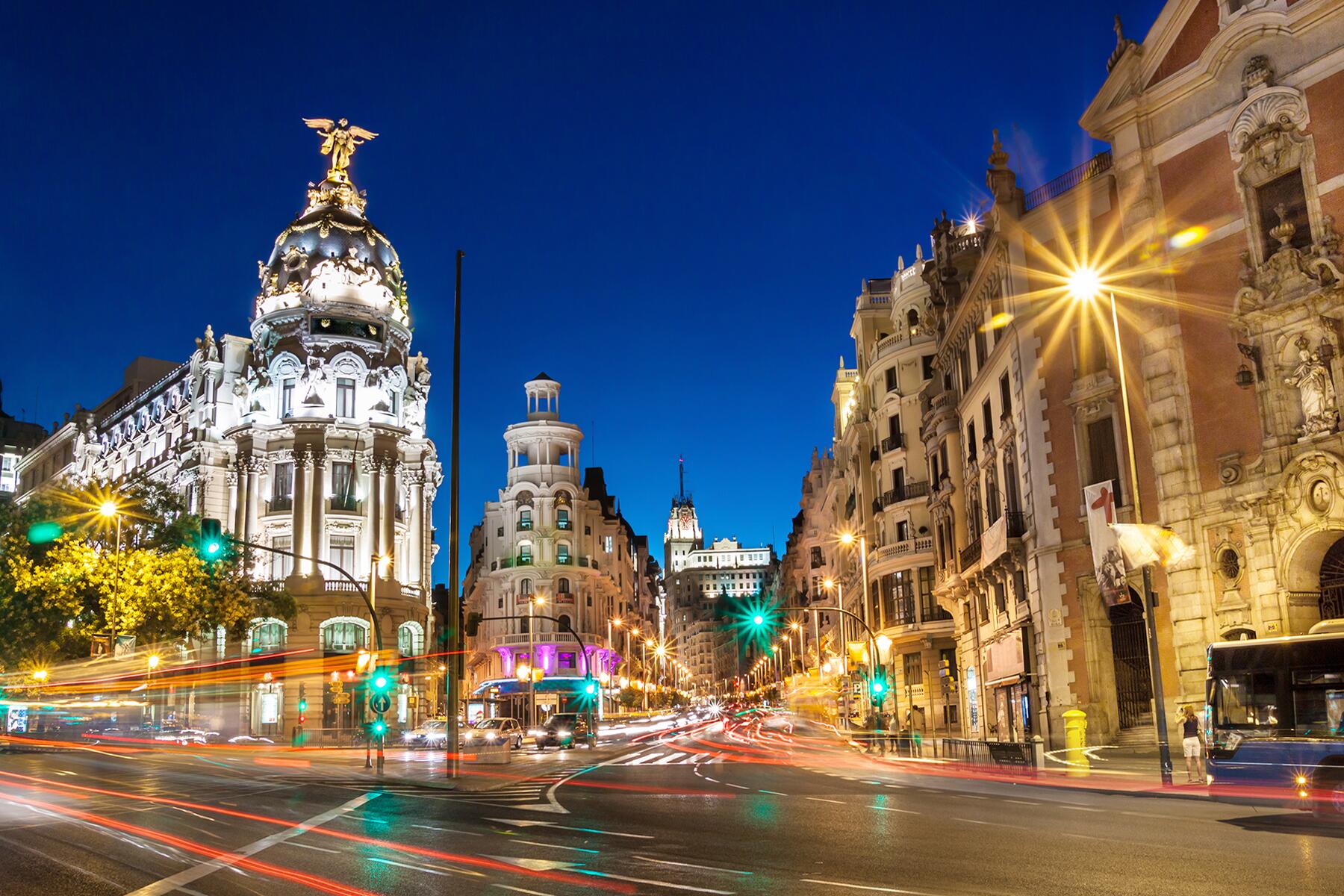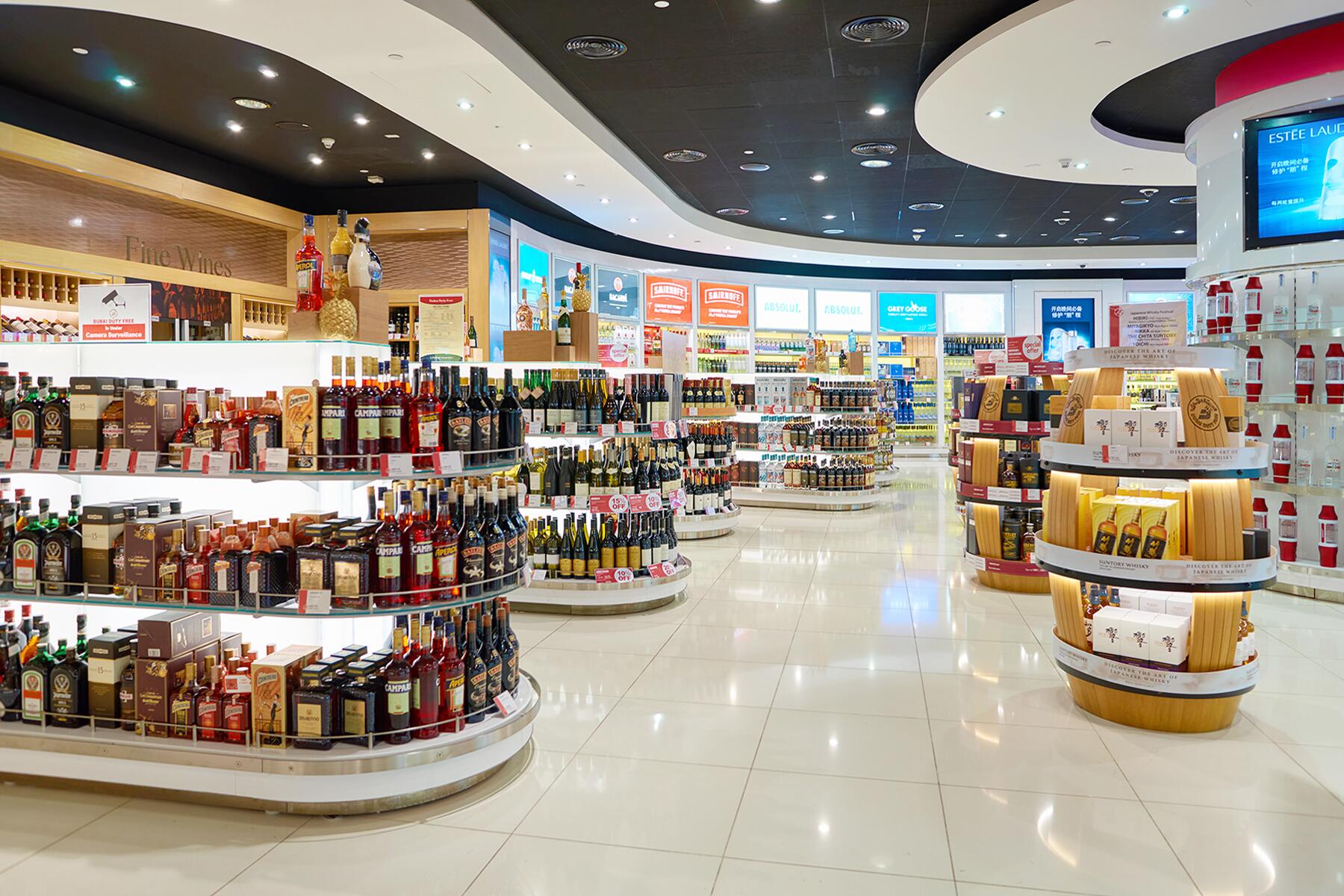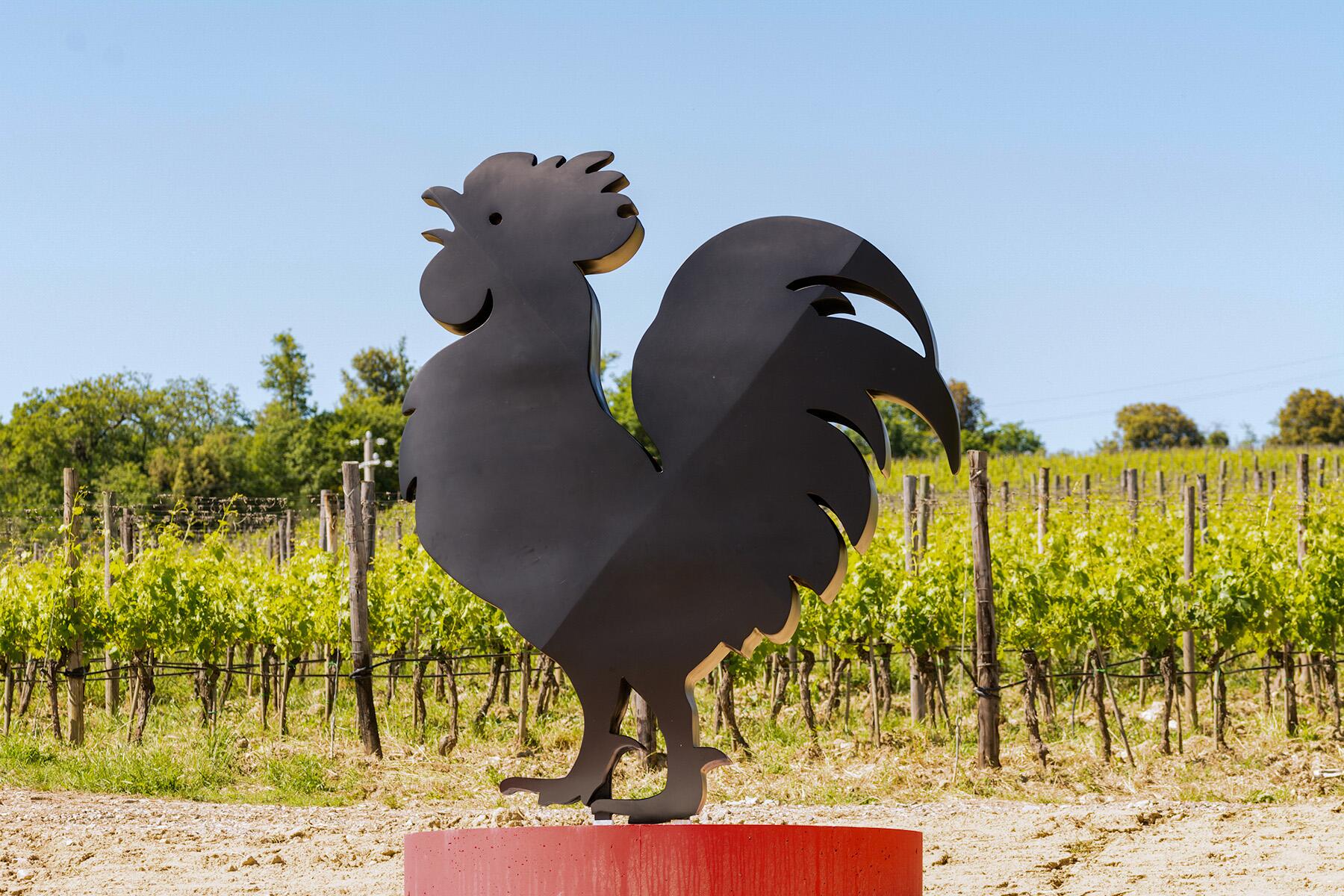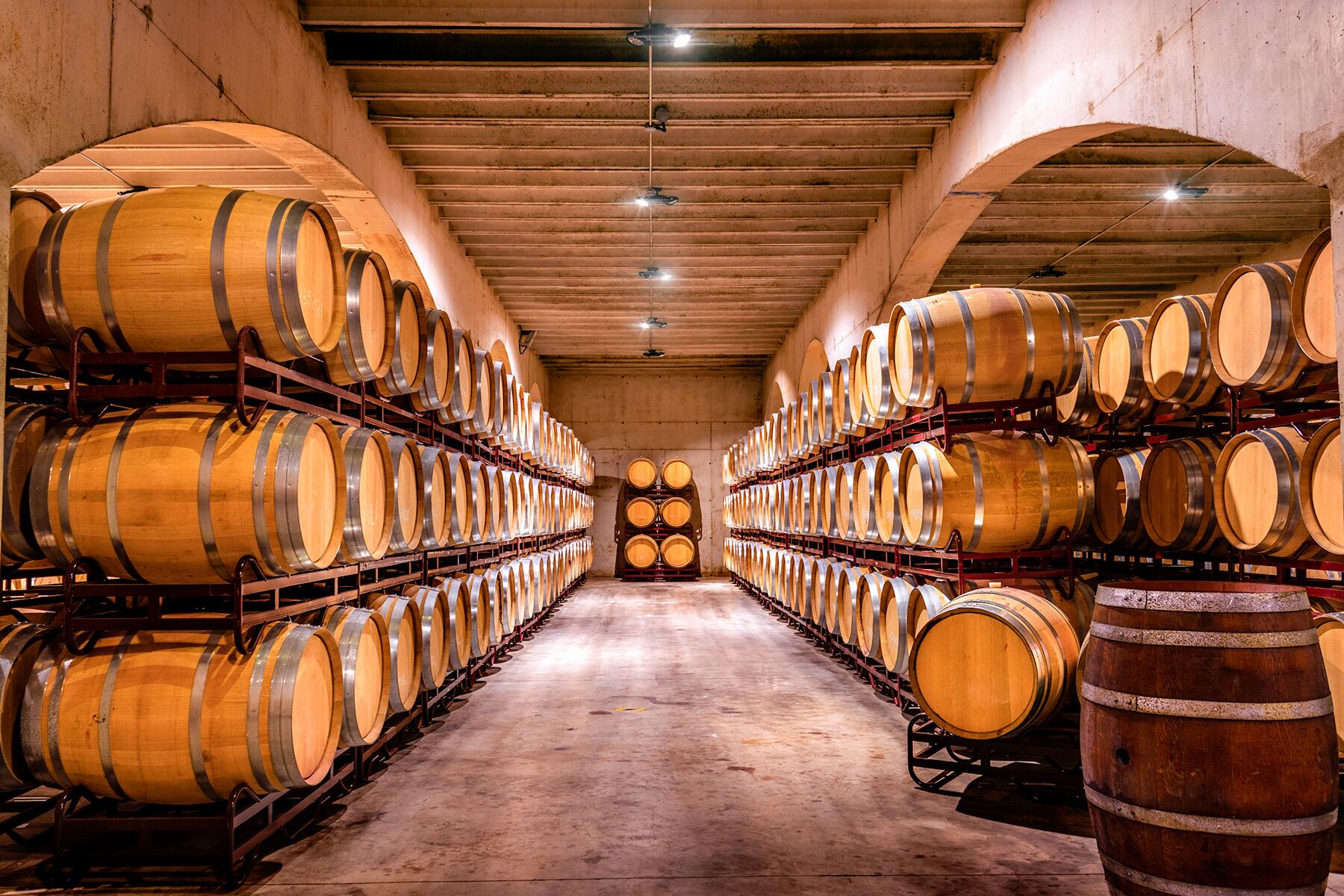- ⁄
- Travel News
- ⁄
- Booze •
- Trip Ideas
Step back in time with the speakeasies that survived Prohibition, as well as modern cocktail bars that take their inspiration from the time period.
Once called “The Great Experiment,” Prohibition outlawed alcohol in the United States starting in January 1920. But efforts began to pass this legislation started after the Civil War and slowly picked up steam over the years, state by state. As of January 1919, a whopping 36 of the 48 states had ratified it, partially thanks to radical women like Carry Nation of the Temperance Movement, who took an ax to watering holes across the country. It was also put in place temporarily as a way to save grain during World War II. However, that didn’t stop many from taking their operations underground. In 1933, when liquor became legal again, some of these speakeasies were lost or repurposed, but some continue to exist today. Other bars take their inspiration from this time period, celebrating the clandestine drinking of years past inside modern buildings. Whichever you visit, be sure to enjoy a cocktail as you toast the last 85 years of legal booze.
Top Picks for You
The Back Room
WHERE: New York City, New York
There are a number of bars in New York City claiming to be speakeasies or to have ties to Prohibition (usually with rumors of secret tunnels), but The Back Room is one of only two of the originals still open. Once a hangout for gangsters like Lucky Luciano and Bugsy Siegel, the front was called The Lower East Side Toy Company. The dimly lit interiors keep much of the same style of furnishings as in the 1920s, serving cocktails in teacups, as was common during Prohibition. The bar was even featured on the HBO show Boardwalk Empire for its authenticity, still using the same hidden entrance from 85 years ago. Try the Bee’s Knees, a drink popular during the time, made up of gin, lemon juice, and honey.
The Green Mill Cocktail Lounge
WHERE: Chicago, Illinois
Not many bars can claim to be a favorite of Al Capone, but The Green Mill in Chicago is one such bar, even reportedly having an escape tunnel for his personal use. Opened as Pop Morse’s Roadhouse in 1907, it became known under its current name by the 1920s. Jack McGurn, one of Capone’s associates, was a partial owner of the bar and bribed police officers to continue operations during Prohibition. Like all good gangsters, Capone usually sat in the same booth that afforded views of all entrances. The bar underwent a change of ownership in the 1970s and became a popular place to see live jazz and poetry slams, with Capone’s photo set on the piano. While you’re there, order a classic Manhattan, but bring cash, as cards aren’t accepted.
Recommended Fodor’s Video
The Ohio Club
WHERE: Hot Springs, Arkansas
Central Arkansas may seem like an odd place to have a speakeasy, but the town of Hot Springs was a gangster’s paradise, attracting men like Al Capone, Bugsy Siegel, and Lucky Luciano for its natural mineral springs, ease of bootlegging, and sort-of legal gambling and prostitution. Capone had his own suite at the Arlington Hotel and frequented The Ohio Club across the street, a bar and casino dating back to 1905 (making it the state’s oldest bar). Babe Ruth, Mae West, and Al Jolson also spent time at the “club,” which used a cigar store as a front during Prohibition. The bar has live music nightly and a statue of Capone to pose with in front of the bar. Enjoy an Al Capone cocktail as you admire the license for prostitution hanging on the wall by the bathrooms.
Bourbon and Branch
WHERE: San Francisco, California
A bar has been at this location in San Francisco since 1899 and during Prohibition, JJ Russell’s Cigar Shop served as the front. Bourbon and Branch boasts five exit tunnels (including a Ladies Exit), but the bar is made up of multiple speakeasies within one. Reservations are available for the main bar, but you’ll have to gain entry to Wilson & Wilson, one of these secret bars, on your own. Once inside, skip the Cosmopolitans and other basic cocktails in favor of a Cucumber Gimlet. Be sure to follow the house rules, including no photos, no cell phone use, and no standing at the bar.
Pat O'Brien's
WHERE: New Orleans, Louisiana
Originally operated as a speakeasy called Mr. O’Brien’s Club Tipperary during Prohibition, the bar now known as Pat O’Brien’s opened in New Orleans officially in 1933. The bar outgrew its original space and relocated to a series of structures from 1791 that now make up the labyrinth of five bars set around a courtyard. Live piano music became an attraction, as did their signature cocktail. The Hurricane was created in the 1940s when there was a short supply of every liquor except for rum, so definitely give it a try. No password is necessary to visit this popular watering hole, which looks very much as it did in its early days.
Mata Hari’s
WHERE: Savannah, Georgia
Savannah’s Prohibition history can be discovered at the nearby American Prohibition Museum, but for the true speakeasy experience, track down someone with a key to Mata Hari’s. Named for the exotic dancer-turned-spy, the only way to gain entry is with a key or as someone’s guest. So make friends with locals or ask concierges at hotels and inns if you want to enjoy live entertainment like burlesque and jazz music. Drink absinthe, served traditionally with sugar over slotted spoons.
Owl Bar
WHERE: Baltimore, Maryland
Originally opened in 1903 in the Belvedere Hotel in Baltimore, this watering hole has hosted countless celebs over the years, including Al Pacino, Clark Gable, and Franklin D. Roosevelt. The Owl Bar is named for the owl statues that once sat behind the bar to tip off patrons to the Prohibition-era speakeasy, but they were lost at some point before being rediscovered in 1976 when the bar reopened. The exposed brick and dark wood bar was originally only open to men, but now welcomes all. Sip on the Prohibition Punch, a cocktail that incorporates dark rum, brandy, bitters, and black tea.
Franklin Mortgage and Investment
WHERE: Philadelphia, Pennsylvania
Don’t let the name confuse you into bringing your tax documents here. The Franklin Mortgage & Investment Company was the name for a front for Prohibition-era America’s largest alcohol running ring. Philadelphia bootlegger Max “Boo Boo” Hoff started the operation in the early days of Prohibition and became one of the richest men in the country. The subterranean speakeasy, listed by GQ and Bon Appetit as one of the best cocktail bars in America, opened in 2009, taking its inspiration from Hoff’s operation. In addition to its 1920s-inspired main bar, there’s also a tiki bar upstairs. The cocktail menu changes frequently depending on what inspires the staff at the moment, so ask the experts.
Del Monte Speakeasy
WHERE: Los Angeles, California
Townhouse is one of the oldest bars in the Los Angeles area, opened in 1915 with an Italian grocery store as its front. The Del Monte served many infamous characters during Prohibition as a speakeasy. Underneath the rows of produce was a trap door and dumbwaiter that could bring down two guests at a time. Alcohol was brought in by boats from Canada and then smuggled via underground tunnels. In 1933, the speakeasy space was mostly abandoned until a new owner added stairs in 1968. Today, the Del Monte hosts live entertainment on most nights, including music, comedy, and burlesque. The 1920s-inspired cocktail menu includes draft selections of classics like Moscow Mules and Old Fashioneds as well as modern creations.
Two Way Inn
WHERE: Detroit, Michigan
The oldest bar in Detroit was established in 1876 as a stagecoach inn, saloon, and general store when the city was still a frontier town. During Prohibition, it had a speakeasy and a dentist’s office upstairs prescribed “medicinal” whiskey. Two Way Inn became a beloved dive bar in the 1970s and has remained such ever since, now serving craft beer along with not-so-medicinal whiskey. Belly up to the bar at this family-run spot for a glass and keep your wits about you as this place is rumored to be haunted.
Lusco’s
WHERE: Greenwood, Mississippi
Lusco’s Grocery was opened by Sicilian immigrants in 1921. It was here that locals knew to come purchase home-brewed beer and wine and dine in privacy with curtained booths, which still exist. Guests would order with a bell under the table. The original location was destroyed by fire in 1929, but a second location, the current one, opened in 1933. The second oldest restaurant in the state, it is family owned and operated, now managed by the fifth generation with original Italian recipes and Louisiana-inspired seafood. They carry domestic and imported beer and wine (no longer made in-house), and allow BYO liquor.
Midnight Cowboy
WHERE: Austin, Texas
Tucked off a Sixth Street alleyway, a vacancy sign lets guests know if walk-ins are available at this Austin speakeasy. Buzz for “Harry Craddock,” a famous English bartender at the Savoy Hotel, and you’ll be let into Midnight Cowboy’s narrow space with a handful of leather booths. The tin-stamped ceiling and decor are reminiscent of the 1920s, which is the perfect setting to enjoy their creative cocktails like the Vesper Martini. The bar takes its name from its former life as a brothel. Reservations are recommended.
Thaxton Speakeasy
WHERE: St. Louis, Missouri
Experience St. Louis’ Prohibition past at the Thaxton Speakeasy, located in the basement of the historic Thaxton Building. The Art Deco-style bar is accessible only via password, which you can get from their newsletter. It opens at 9 pm on weekends and charges a cover, but hosts live music and DJs every week. The signature cocktails like the Speakeasy Elixir are sure to be a hit. And while big-name beers like Budweiser aren’t typically the top recommendation at a cocktail bar, the beer is brewed right here in the city, as it has been since 1906. During Prohibition, the brewery crafted non-alcoholic beer and other grain-based products, preparing for the day it would be repealed.




